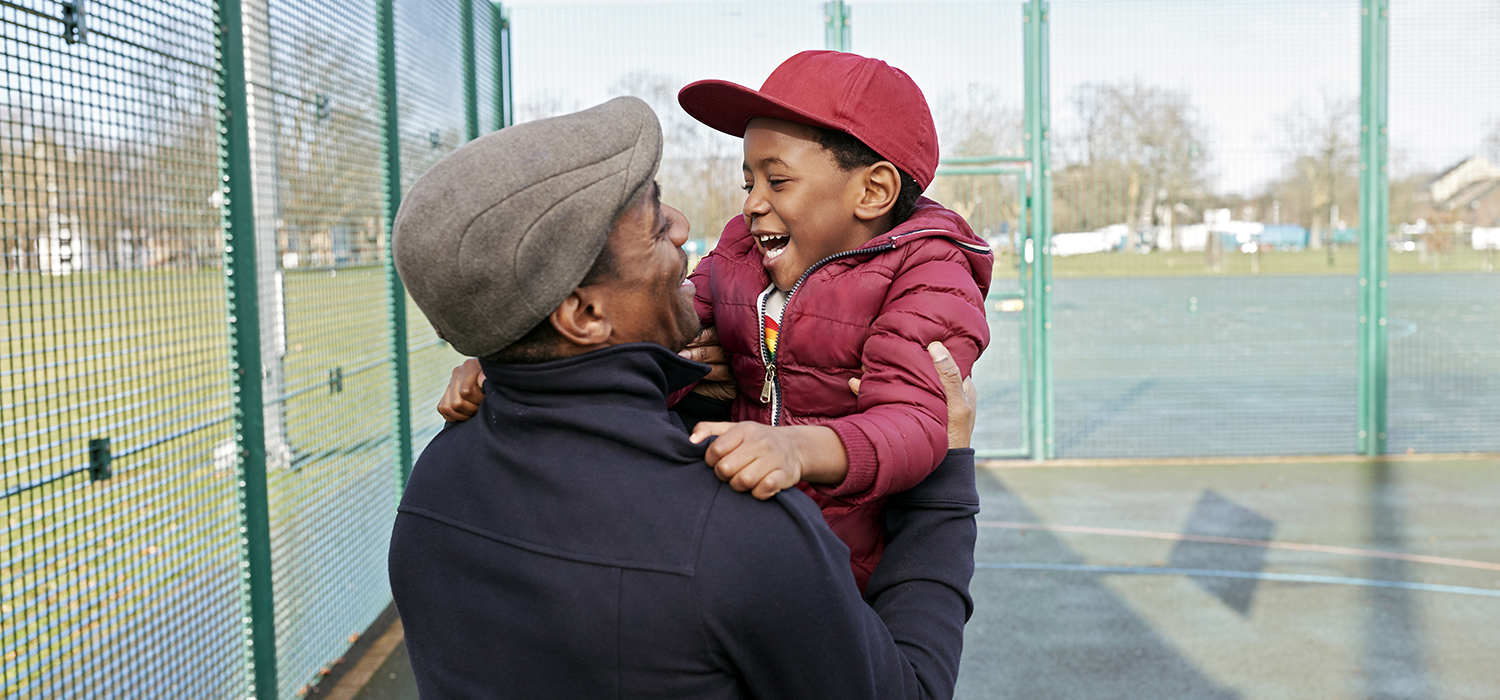
Poverty typically spans generations. Evidence shows that because of systemic racism and other structural barriers, where someone grows up and their race or ethnicity affect their economic opportunities and outcomes over the rest of their lives. This makes it more difficult for children in families with low incomes to achieve economic stability in adulthood. Communities, governments, and funders across the United States are becoming increasingly interested in two-generation approaches to disrupt this cycle by helping parents and their children move out of poverty together.
From 2012 to 2019, the Annie E. Casey Foundation’s Family-Centered Community Change (FCCC) effort supported three existing community initiatives in Buffalo, New York; Columbus, Ohio; and San Antonio, Texas. Each partnership brought together existing child and adult education and economic success services into two-generation programming for local families with children up to age 10. The three site partnerships built upon their own assets and developed along unique trajectories, but they all included supports to promote family economic success; build capacity for parents, caregivers, and community-based organizations; and provide children with quality early care and education experiences.
FCCC was different from related efforts because it infused two-generation strategies into place-based interventions and served children beyond early childhood. Focusing two-generation services on a particular geographic area through this place-based work allowed partners to understand and respond to community members’ specific contexts and needs and build on other investments targeting those neighborhoods.
We recently summarized the seven-year evolution of these efforts in the project’s final evaluation report. We found that along the way, community partners, researchers, and funders learned important lessons that will benefit others looking to develop effective place-based, two-generation approaches.
- Understand the context: People embarking on or investing in community-focused work should educate themselves about the community-level factors affecting families’ opportunities and constraints, such as public school policies, neighborhood demographics and history, transportation and housing infrastructure, employment and education opportunities for adults, and the availability of child care and other necessary services. They should also consider including local residents and long-established community-serving organizations—the experts on local challenges and sources of important insights.
- Define the framework and goals: Identifying a shared vision from the outset can improve families’ experiences. Partners should establish a framework that includes services for each generation, services for entire families, and the service alignment “glue” that brings them together.
- Incorporate a broad understanding of racial and ethnic equity: Centering racial and ethnic equity is essential to creating new, sustainable economic opportunities in areas with many Black, Latinx, and Indigenous families. Understanding and mitigating the continued effects of racism and exclusion for families will help advance meaningful community change.
- Ensure racial and ethnic inclusion: Structural racism and racial and ethnic exclusion are deeply embedded in low-income service delivery nationally. Very often, white decisionmakers determine what communities of color “need” and how to provide it without sharing decisionmaking power with community members. Disrupting racist paradigms requires real power sharing—centering families and communities who have been structurally disenfranchised in the development of strategies to build wealth and improve stability, then providing the necessary resources and tools to take action.
- Engage partners at multiple levels: Two-generation, place-based work involves stakeholders at multiple organizational levels. Engaging resident families alongside individual organizations and key players in the policy and service ecosystem, such as local and state governments and multiorganizational bodies, may allow new, creative opportunities to emerge.
- Define partnership dynamics: Effective partnerships are complex but critical, and they take time to develop, often with trial and error. Explicitly negotiating key elements of partnerships in a way all partners are comfortable with—including funding relationships, organizational culture alignment, development infrastructure, communications channels, and other dynamics—will increase the chance of successful, sustained organizational relationships.
- Measure impact: Documenting the effectiveness of an intervention helps make the case for continued investment of energy, time, and financial resources. Such evaluations should be sensitive to local contexts, the shared vision of community partners, and the importance of involving community members in decisionmaking around the research. This helps ensure the work is not purely extractive and advances equity.
- Respond proactively to new challenges: As the social pressures created by the pandemic continue, and even after the acute crisis is over, service providers and other stakeholders should consider a purposeful approach to social and economic recovery and the processing of trauma, rather than returning to business as usual.
Effective two-generation, place-based work requires a diverse set of partners—including funders, researchers, community organizations and residents, and other stakeholders—to break from the way community interventions have traditionally been done, often with limited success. Thinking and working differently begins with a deep investment in collaboration with community residents and then succeeds by providing resources so they can lead the way toward realizing their individual, family, and community goals.
The Urban Institute has the evidence to show what it will take to create a society where everyone has a fair shot at achieving their vision of success.
Tune in and subscribe today.
The Urban Institute podcast, Evidence in Action, inspires changemakers to lead with evidence and act with equity. Cohosted by Urban President Sarah Rosen Wartell and Executive Vice President Kimberlyn Leary, every episode features in-depth discussions with experts and leaders on topics ranging from how to advance equity, to designing innovative solutions that achieve community impact, to what it means to practice evidence-based leadership.